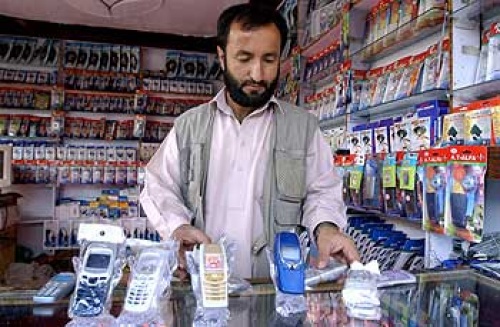The Real Thanksgiving?
 This suite101 page got me thinking about the American Thanksgiving – and its follow up pseudo-event, Black Friday – and how they’re an interesting combination of history and materialism.
This suite101 page got me thinking about the American Thanksgiving – and its follow up pseudo-event, Black Friday – and how they’re an interesting combination of history and materialism.
Massachussetts authorized the first mint in British North America in 1652. The mint created silver coins. Some were stamped with NE for “New England” or had images of trees.
Of course, 1652 seems a little late in the game to be utilizing legal tender, so what did people do before that?
It wasn’t all just British coinage:
Wampum in Rhode Island was made from white whelk shells and purple quahog shells. The quahog shells were worth twice as much as the whelk shells in the Indian economy.
With gold and silver coins in short supply, the colonist agreed to accept the wampum as legal tender.
I love the romantic notion of using a naturally occurring resource as legal tender, but, to return to the first American mint as an example, ne’er-do-wells will often crop up.
[The silver coins] also became the first coins counterfeited in America. John duPlessis was convicted of counterfeiting these coins in 1674.
How bad was it?
In 1682, William Penn complained that he could not bring his ‘holy experiment’ in Pennsylvania to fruition when half the coinage in the colony was phony.
Yikes – so, maybe we should all head back to the naturalistic idea of trading shells?
It wasn’t long before the Indians realized that here was an opportunity to take advantage of the newcomers. They hoarded the valuable quahog shells for themselves, dyed the cheaper white shells a dark purplish black, then passed them off as the real thing to undiscerning Europeans.
If there’s a lesson here, I think it has something to do with high-end laser printers.
Happy Thanksgiving to my American friends!
